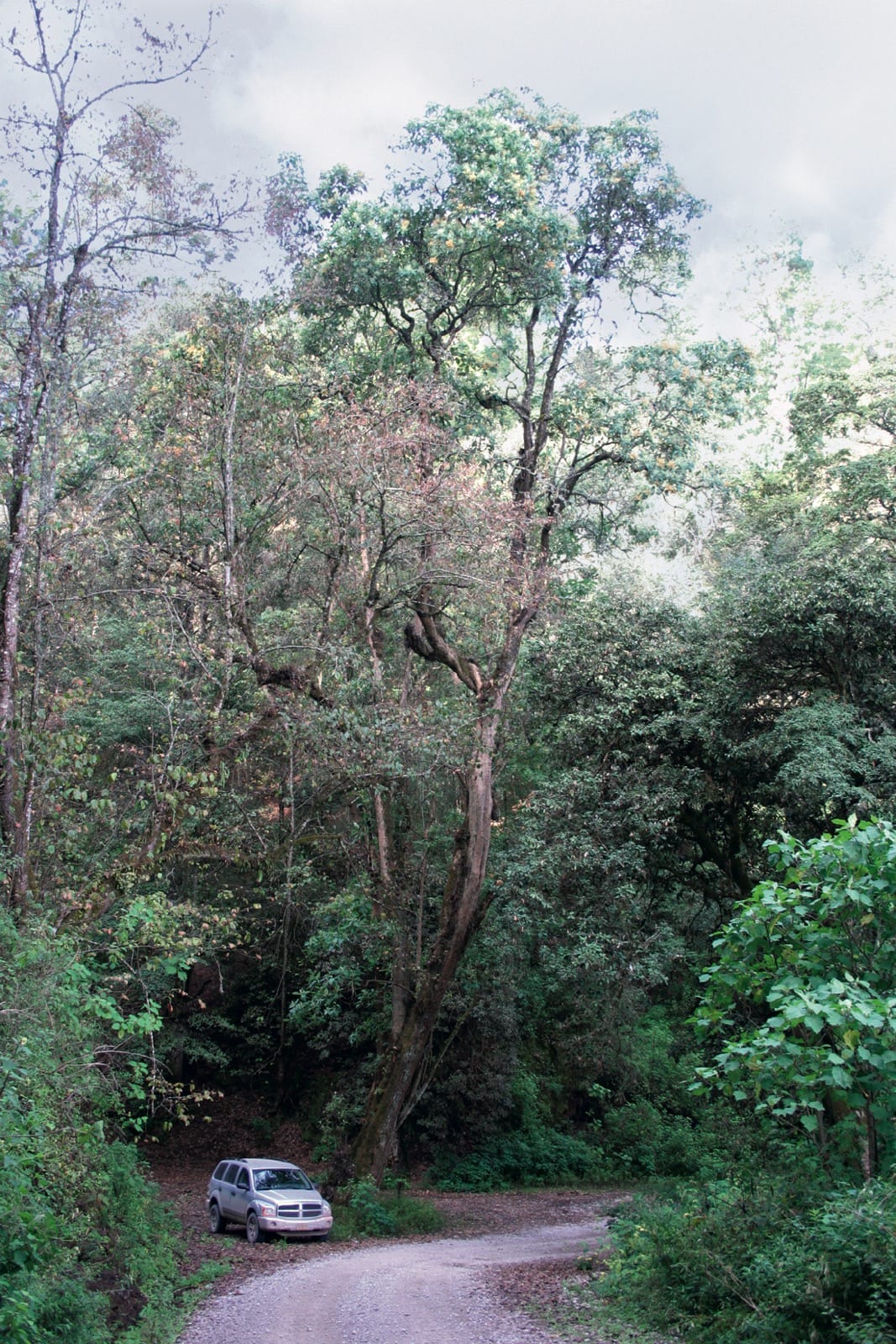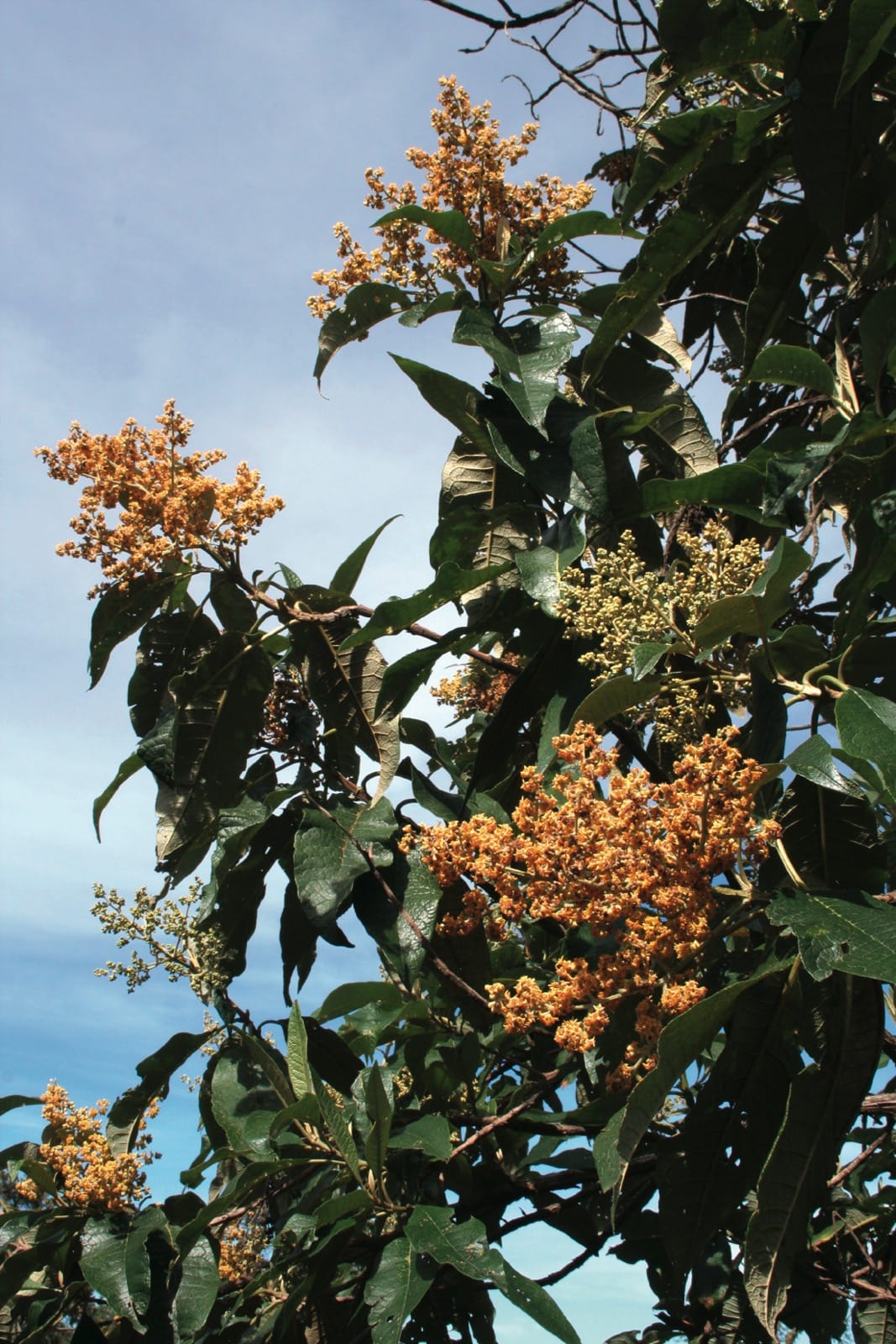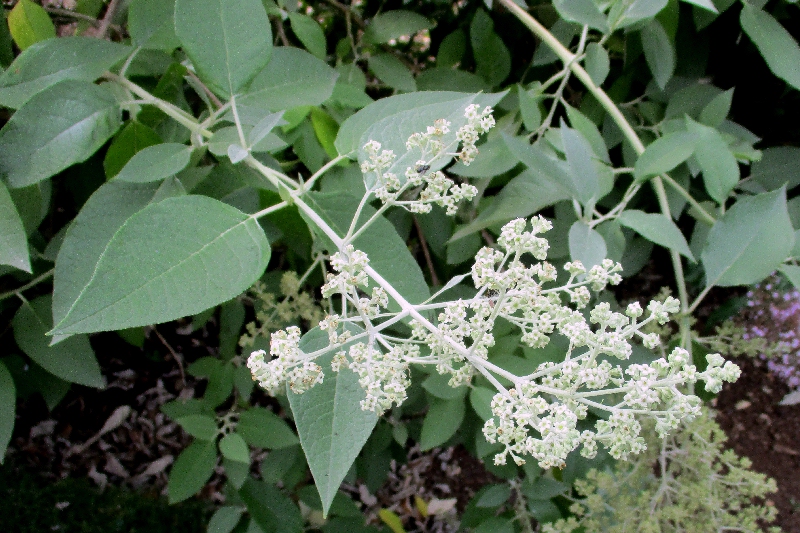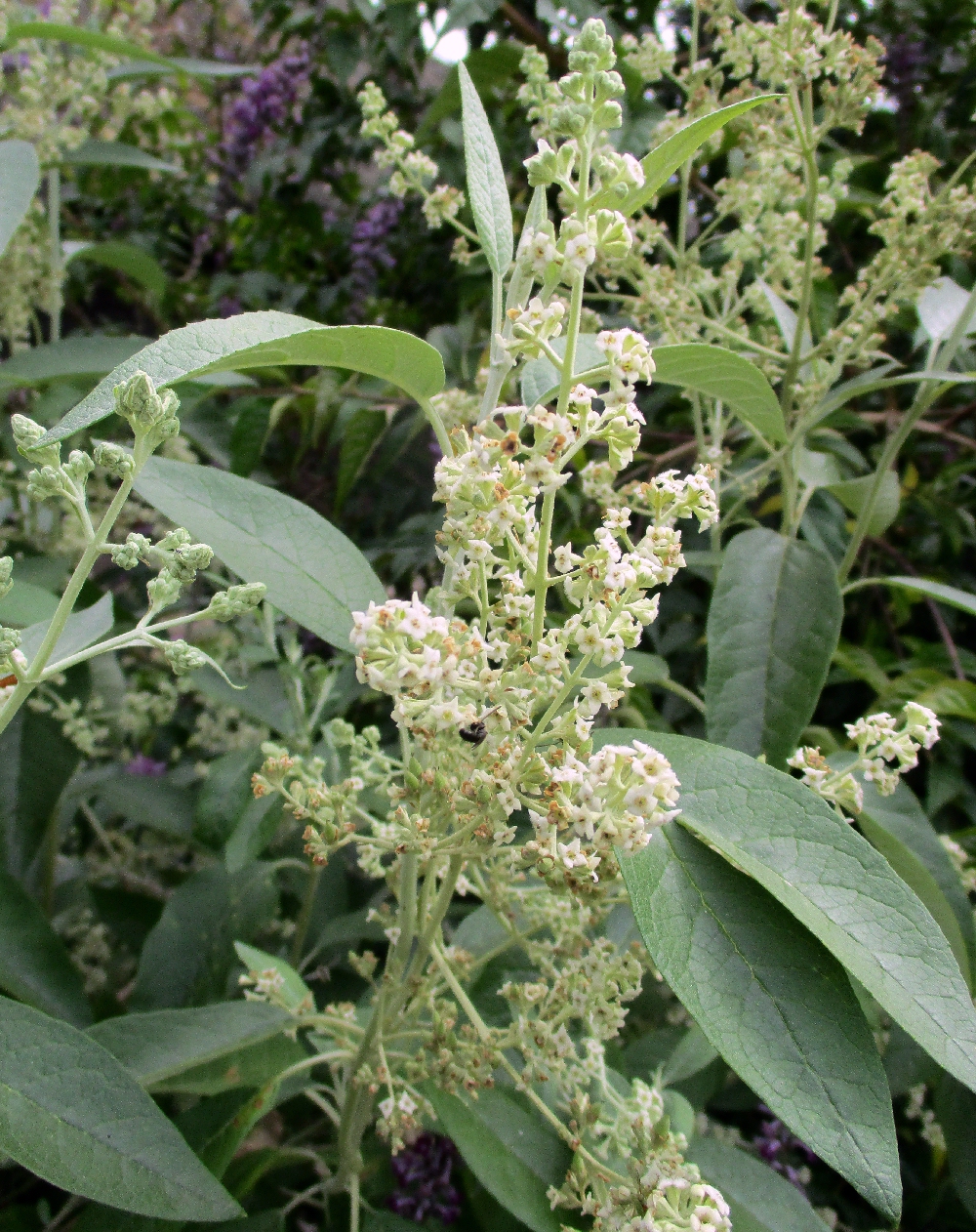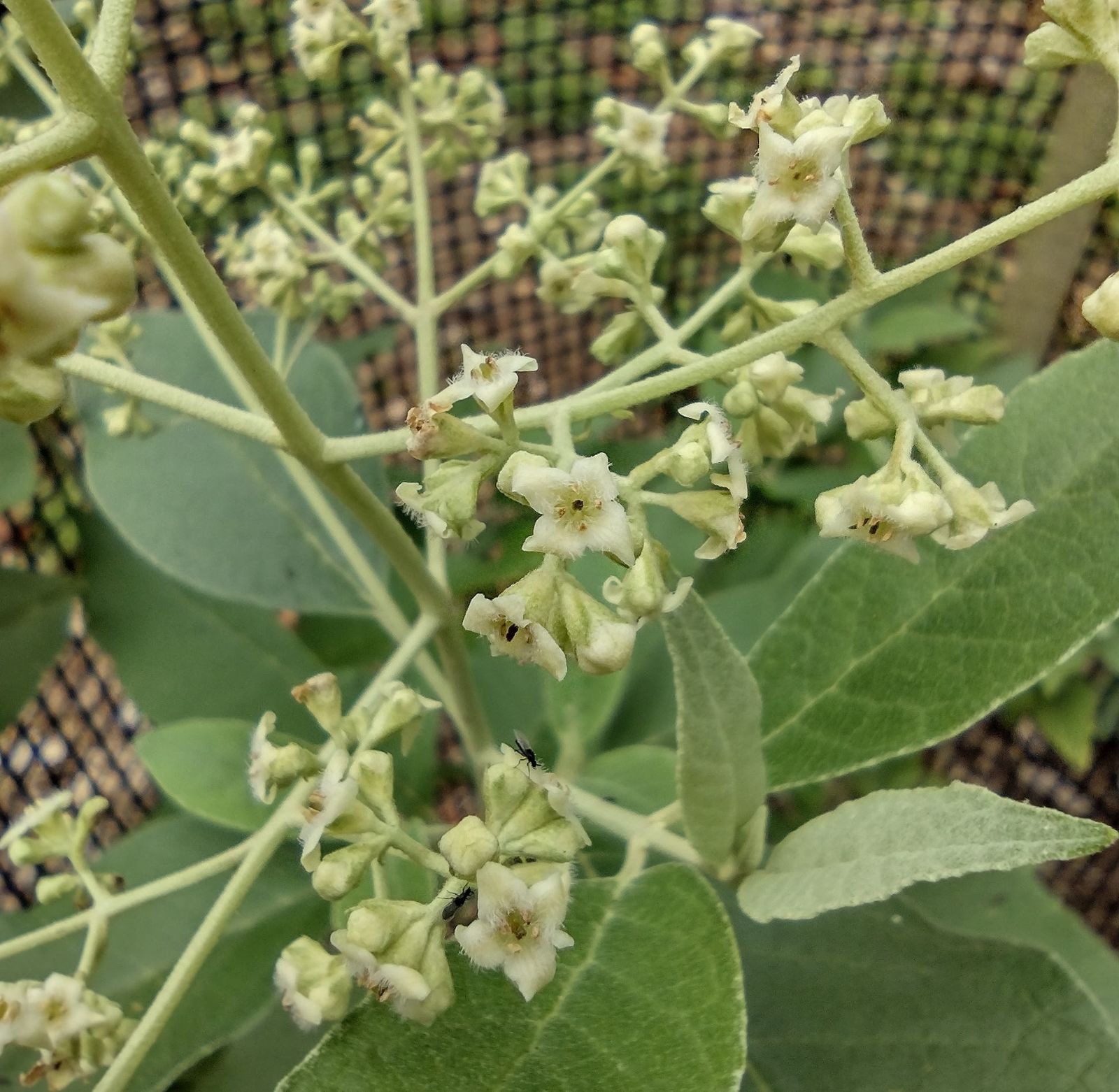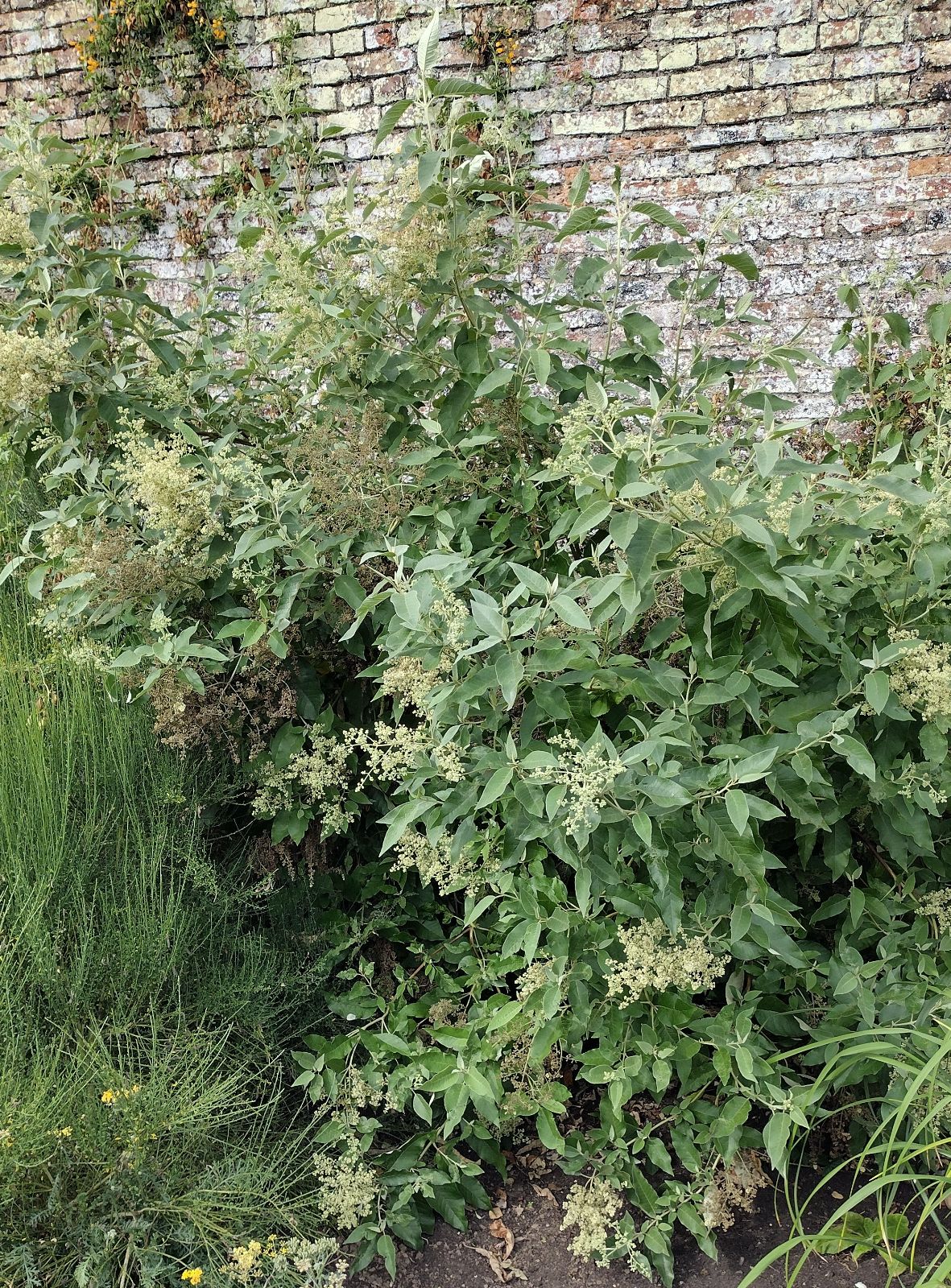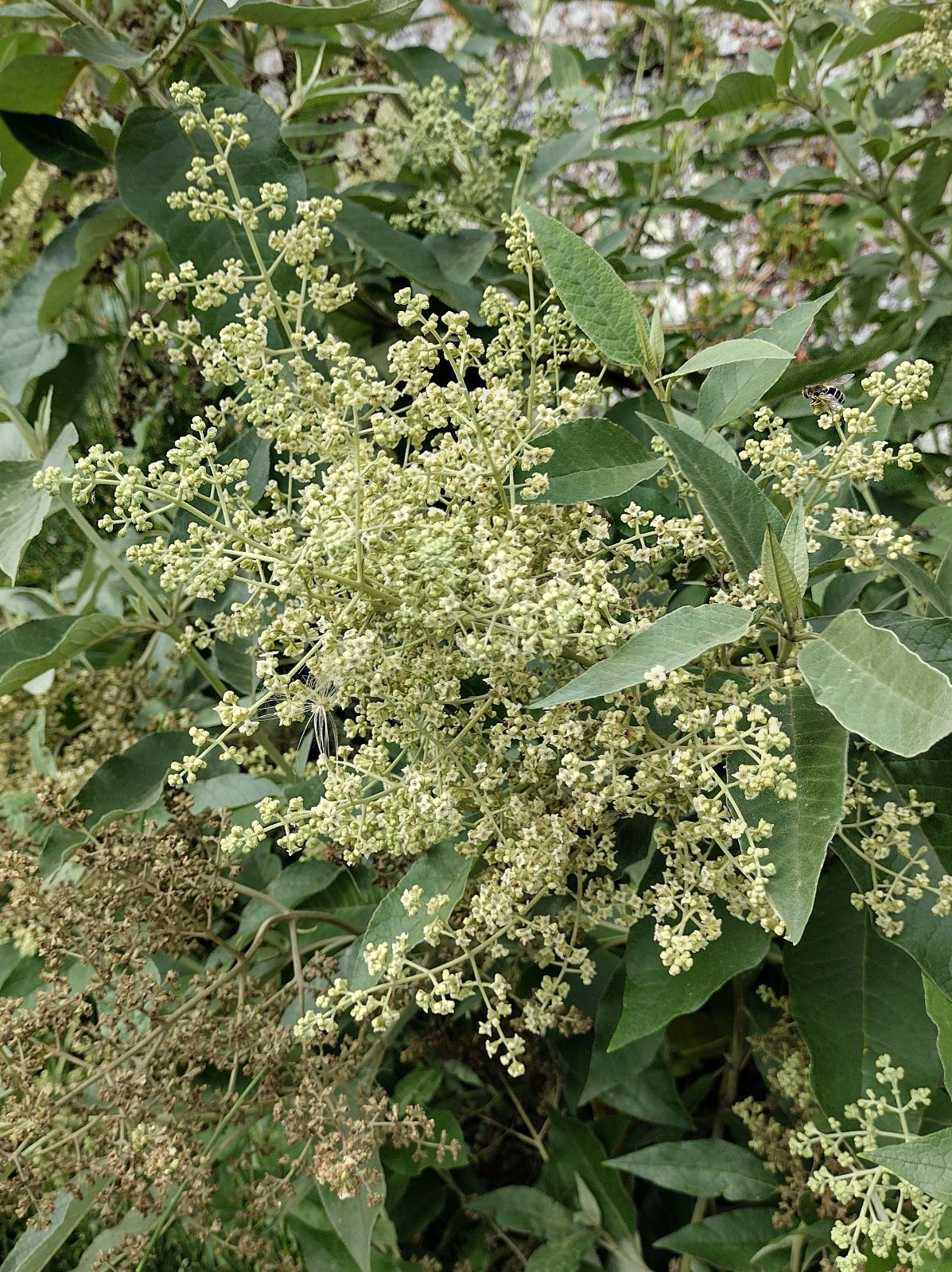Buddleja cordata
Sponsor
Kindly sponsored by
The John Spedan Lewis Foundation
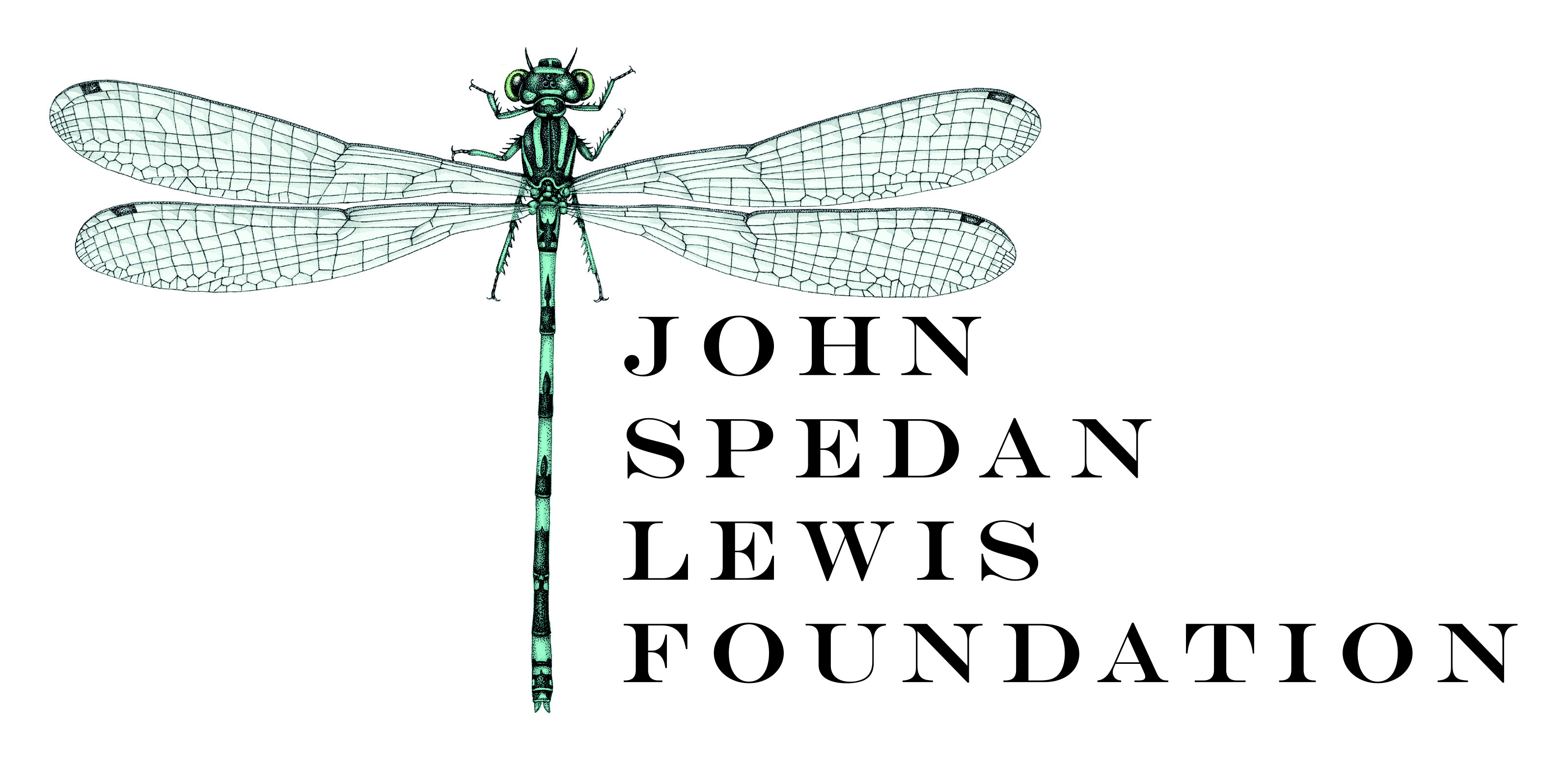
Credits
Andrew Large (2021)
Recommended citation
Large, A.T. (2021), 'Buddleja cordata' from the website Trees and Shrubs Online (treesandshrubsonline.
Genus
Common Names
- Tepozán
Synonyms
- Buddleja acuminata Kunth
- Buddleja astralis Standl. & Steyerm.
- Buddleja cordata var. teposan (Kunth) Loes.
- Buddleja decurrens Schltdl. & Cham.
- Buddleja floccosa Kunth
- Buddleja floccosa var. crassifolia (Kunth) Loes.
- Buddleja humboldtiana Willd. ex Schultes & Schultes
- Buddleja macrophylla Kunth
- Buddleja ovalifolia Kunth
- Buddleja propinqua Kunth
- Buddleja spectabilis Kunth & Bouché
Infraspecifics
Other taxa in genus
- Buddleja albiflora
- Buddleja alternifolia
- Buddleja araucana
- Buddleja asiatica
- Buddleja auriculata
- Buddleja caryopteridifolia
- Buddleja colvilei
- Buddleja crispa
- Buddleja crispa × lindleyana
- Buddleja curviflora
- Buddleja davidii
- Buddleja delavayi
- Buddleja fallowiana
- Buddleja fallowiana × davidii
- Buddleja FLUTTERBY™ Series
- Buddleja forrestii
- Buddleja globosa
- Buddleja glomerata
- Buddleja japonica
- Buddleja lindleyana
- Buddleja LO AND BEHOLD® Series
- Buddleja longiflora
- Buddleja loricata
- Buddleja × luteolufaucia
- Buddleja macrostachya
- Buddleja marrubiifolia
- Buddleja megalocephala
- Buddleja 'Miss Ruby'
- Buddleja 'Morning Mist'
- Buddleja myriantha
- Buddleja New Dwarf Hybrids
- Buddleja nivea
- Buddleja officinalis
- Buddleja 'Orange Sceptre'
- Buddleja paniculata
- Buddleja × pikei
- Buddleja 'Pink Delight'
- Buddleja saligna
- Buddleja 'Salmon Spheres'
- Buddleja salviifolia
- Buddleja 'Silver Frost'
- Buddleja speciosissima
- Buddleja 'Summer Beauty'
- Buddleja virgata
- Buddleja × wardii
- Buddleja × weyeriana
- Buddleja × weyeriana Hybrids
- Buddleja 'Winter Sun'
Dioecious shrub or tree 1–25 m, trunk up to 45 cm diameter with brownish or blackish furrowed bark. Branchlets quadrangular, tomentose. Leaves evergreen, petiolate, petiole 1–3 cm long, lanceolate to ovate, membranaceous or occasionally coriaceous, 8–27 × 3–18 cm, glabrescent above, lower surface sometimes tomentulose with appressed or floccose tomentum often with underlying trichomes; margins entire, serrate or serrulate; apex acuminate or acute; base sub-cordate, obtuse; stipular line evident or with foliaceous stipules. Inflorescence paniculate, with two to four orders of branching, 6–30 × 10–20 cm, as long as or longer than average leaves. Flowers fragrant, in clusters of 5–10 per cymule; calyx campanulate, tomentose or subglabrous outside; corolla greenish-white, or yellow sometimes turning orange at maturity, tubular to campanulate, tube 1.5–2.5 mm long, outside tomentose to tomentulose, inside with warty hairs in upper half of the corolla tube. Stamens subsessile or with very short filaments, inserted just below the throat, 0.5–1 mm long. Ovary 1–1.8 mm long, tomentose on upper half, style 0.5–1.4 mm long, stigma clavate. Capsule short cylindrical, 0.3–0.5 cm long, glandular, dehiscent; seeds oblong, winged, 1–1.2 × 0.25–0.4 mm. (Grimshaw & Bayton 2009; Norman 2000).
Distribution Guatemala Mexico Aguascalientes, Chiapas, Chihuahua, Durango, Guanajuato, Guerrero, Hidalgo, Jalisco, México, Michoacán, Morelos, Oaxaca, Puebla, Querétaro, San Luis Potosí, Sinaloa, Tamaulipas, Tlaxcala, Veracruz, Zacatecas
Habitat Montane pine forests, cloud forests, forest edges and water-course banks; disturbed ground along roads, desert scrub; 1000–3000 m asl.
USDA Hardiness Zone 8-9
RHS Hardiness Rating H4
Conservation status Not evaluated (NE)
Taxonomic note Buddleja cordata is divided by Norman (2000) into three subspecies: B. cordata subsp. cordata Kunth; B. cordata subsp. tomentella (Standl.) E.M. Norman; B. cordata subsp. ovandensis (Lundell ex E.M. Norman) E.M. Norman. B. cordata subsp. cordata is widely distributed; the others each have a relatively restricted distribution.
The species is named for the the heart-shaped (cordate) leaves of many examples, although the species is highly polymorphic and this leaf-shape is not universal. A widely distributed species in Mexico and Guatemala, Buddleja cordata subsp. cordata grows to the largest dimensions of any member of the genus. Specimens have been reported growing to 25 m with a large bole at 2500 m asl on the Nevado de Colima, Jalisco, Mexico (Grimshaw & Bayton 2009). The golden or orange flowers are individually small, but are borne in large, branched panicles that are quite showy above the dark green leaves. It has been introduced by many different collectors, though it is seldom seen in gardens or arboreta (Grimshaw & Bayton 2009). The species is capable of flowering throughout the year, but is primarily blooming in its native range from July to January, and fruiting from October to February. In cultivation it flowers mainly in the summer months and into early autumn. A dioecious species, the male (staminate) flowers tend to be somewhat more showy (Norman 2000).
Buddleja cordata subsp. cordata is quite hardy, surviving –10ºC, although it is perhaps less forgiving than subsp. tomentella, which is more common in cultivation. A specimen can be seen at the Ventnor Botanic Garden, where it has yet to form a tree but nonetheless is a very large shrub. Growing conditions are similar to other Buddleja – well-drained soil, full sun, some shelter from cold winds – paying particular attention to the avoidance of over-watering and cold-wet soils.
Identification key | ||
| 1a | Shrub or small tree, 1-5 m, flowers white, greenish white or cream, indument on lower surface appressed | subsp. tomentella |
| 1b | Shrubs or trees 1-25 m, flowers yellow to orange, indument on lower leaf surface usually thick and floccose, sometimes appressed. | 2 |
| 2a | Inflorescences as long or longer than average leaves | subsp. cordata |
| 2b | Inflorescences half as long average leaves | subsp. ovandensis |
subsp. ovandensis (Lundell ex E.M. Norman) E.M. Norman
Shrub or tree 1–20 m. As species description except: lower epidermis of leaves appearing glabrous with thin appressed tomentum; inflorescences half the length of typical leaves, corolla yellow. (Norman 2000).
Distribution
- Mexico – Chiapas
RHS Hardiness Rating: H5
USDA Hardiness Zone: 9
This subspecies has a limited range, restricted to the cloud forests of Chiapas in southern Mexico. It is distinguished by having much smaller inflorescences when compared to subsp. cordata. Unlike the other Buddleja cordata subspecies, the undersides of the leaves can appear glabrous with only a fine covering of tomentum flattened to the surface (Norman 2000). Subsp. ovandensis is not known to be in cultivation in our area.
subsp. tomentella (Standl.) E.M. Norman
As species (subsp. cordata) except: shrub or small tree, 1–5 m, flowers white, greenish-white, or cream. Leaves with an abundant appressed tomentum on the undersides. (Norman 2000).
Distribution
- Mexico – Coahuila, Nuevo León, San Luis Potosí, Tamaulipas, Zacatecas.
RHS Hardiness Rating: H4
USDA Hardiness Zone: 8-9
Buddleja cordata subsp. tomentella has a smaller range than subsp. cordata, being restricted to highlands in NE Mexico, but it is more common in cultivation and there have been several collections. Subsp. tomentella is distinguished by its greenish-white to cream flowers and a (comparatively) restrained habit, although it still grows into a substantial shrub. The leaves, which can vary in shape from cordate to lanceolate, are fairly smooth above and covered in a dense, appressed, white or tan tomentum on their undersides (for which the subspecies is named).
Subsp. tomentella is hardy in RHS H4/USDA zone 8 conditions. There is a good specimen in the Centennial Border at the Sir Harold Hillier Gardens, grown from Sir Harold’s own collection (no. 832) made in 1983 (Grimshaw & Bayton 2009). Additionally, there are two specimens in the Longstock Park Nursery National Collection (Hampshire, UK) that have proven hardy over many years, withstanding winter temperatures below –10°C (Stuart 2006). Against a south-facing wall at Castle Howard, North Yorkshire a plant of KR 439 is forming an attractive shrub, flowering freely in summer each year (J. Grimshaw, pers. comm. 2022).

